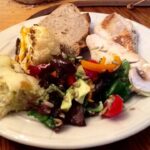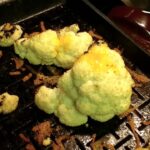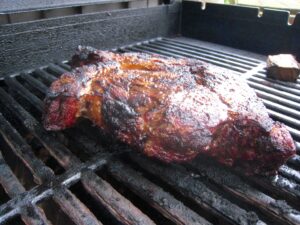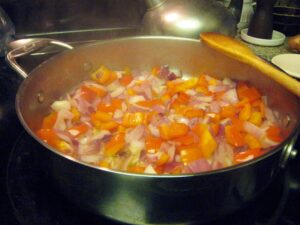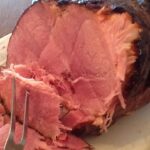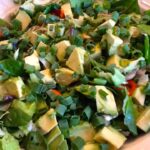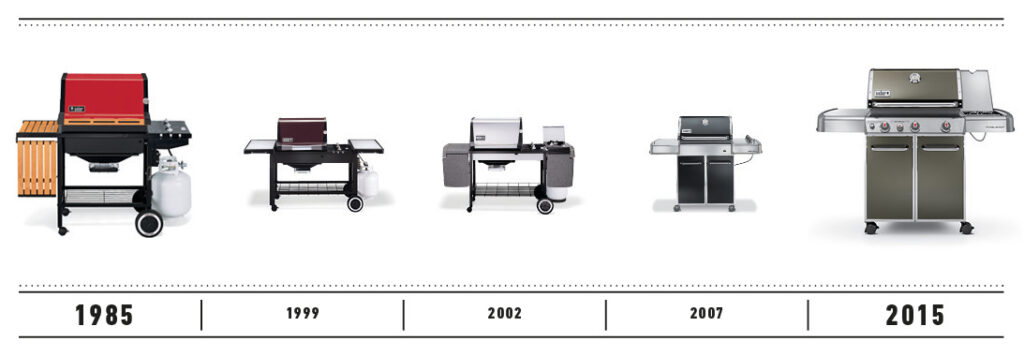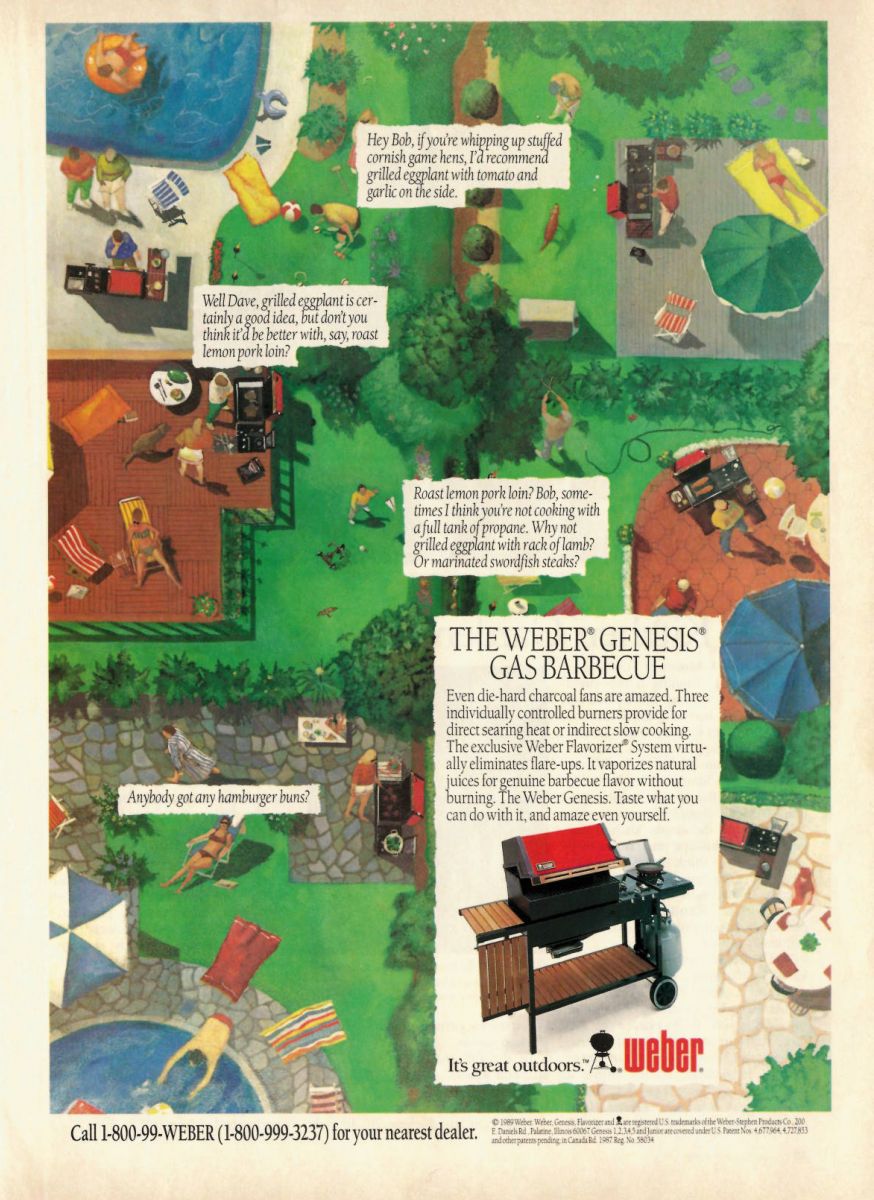- Walleye Dinner Plated
- Peasant Boule
- Roasted Cauliflower
For several months now, my father-in-law has been casually asking “If I brought some Walleye over, would you fix it on the grill?” I’d always say that I would, but was more or less dreading it. I like walleye breaded and fried, but have never been nuts about the texture or flavor of it prepared otherwise. I’ve also had no experience cooking that sort of fish on the grill.
I do love my in-laws, though, and finding ways to delight them with a meal is always a pleasure. So I began looking for recipes and techniques that would turn out something satisfying.
The walleye arrived as bags of frozen fillets. I thawed several bags and put the fish into a bowl of salt water for awhile. After reviewing a bunch of recipes online, I decided that the best approach would be to season the walleye with my barbecue rub, hit it with some canola oil and bake it indirect on the Genesis in foil pans. I also sprinkled it with Herbs de Provence and lime juice toward the end of the cook (which was about 15 to 20 minutes).
It wasn’t bad. I think I got the cook time right. I’d be tempted next time to marinate the fillets in either citrus or some sort of strong brine overnight. I might also roll them in cornmeal or breadcrumbs.
Dad seem to enjoy them, and that’s the main thing. He was a fairly serious fisherman in his younger days, and I think he misses it. He also doesn’t grill anymore, and I think he misses that too. Claudia has told me of the times when he would have a smoker going for fish or game, just outside her bedroom window when she was a kid.
We served the fish with a delicious zucchini and yellow squash casserole that Claudia made, Wulff Salad, roasted cauliflower wedges that I did on the Genesis (with herbs, mustard powder and cheese), and some nice bread that I baked earlier in the day. The wine was an A to Z Pinto Gris, which was tasty, though a little sweet for my palate.
